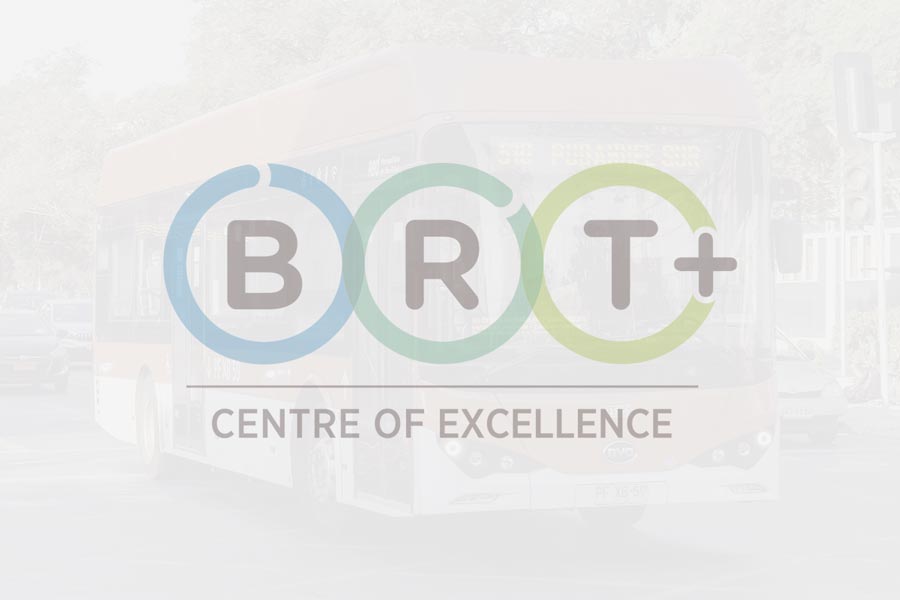Opinion Pieces: since 2007, Prof. David Hensher has written an opinion column in the Australasian Bus and Coach magazine, where he monthly discusses a lot of different transport-related hot topics. In this section we are revisiting these columns.
March 2009
Congested roads, overcrowded public transport services and delays in agreeing, and then implementing, the kinds of changes that are needed to respond to such challenges in our cities are symptomatic of a long term lack of strategic planning and investment in Australia’s transport systems and infrastructure more generally. From about 6 percent of Gross Domestic Product in the early 60s, Gross Fixed Capital Formation in the key economic infrastructure sectors (transport and storage, electricity gas and water, communications services) fell to a little over half this share in the 90s. Over half of this decline in share was in the transport sector. National Competition and National Road Transport reforms have helped deliver improvements in the efficiency of infrastructure utilisation over the last decade and a half, including in the transport sector, and investment levels have recovered somewhat in the last decade. Yet there remains a considerable catch-up in store and much thinking to be done about long term priorities.
There is a need to radically overhaul the policy and system planning processes that drive urban transport infrastructure and services in Australian cities. An inability or unwillingness to take a long term, vision based, approach has given us incremental approaches, which change with election cycles, or quicker. This will not resolve the long term problems of transport in our cities.
The long term pressures of responding to climate change, in particular, should drive a transformation in the way Australian cities approach their transport systems. This should flow through to how we shape out cities in coming years, and that a carefully targeted approach, affecting only a small part of our cities, can meet requirements. While transport infrastructure requirements attract most media attention, major transport pricing reform must accompany infrastructure development, to ensure that we make the best use of existing capacity. Pricing reform is a virtuous initiative, delivering its own direct welfare benefits and pushing travel choices in a direction that are more sustainable long term.
Infrastructure requirements in urban transport are substantial, partly reflecting three decades of declining investment share from the 1960s. Responses to investment backlogs and to emerging pressures must be framed in a way that helps to shape a more sustainable future, not simply be a response to “apparent” transport problems. Transformational change is required, not more of the same.
International experience suggests that champions can be very important in achieving transformational change of the scale suggested in this paper. This is currently a case of “situation vacant” in Australia. The Federal Government’s creation of Infrastructure Australia provides a unique opportunity to change this dynamic.
Food for thought
This commentary is based on joint research with Professor John Stanley
¿Comments? ¿Opinions? ¿Similar News? Send them to us!













